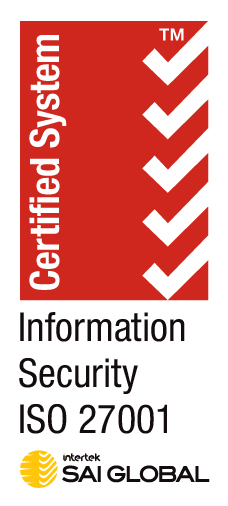Reworking TRL and IRL for App Development: Software Readiness Level
In 2024, the Software Readiness Level (SRL) model refines NASA’s TRL and Steve Blank’s IRL, offering a tailored 12-step framework for app development. SRL covers key stages from business model creation and market validation to technical development, testing, and commercialization. It also includes advanced considerations like AI integration, enhanced cybersecurity, and compliance with data privacy regulations. This model ensures software projects stay aligned with modern standards, enabling smoother development and faster market readiness. Read More…





















